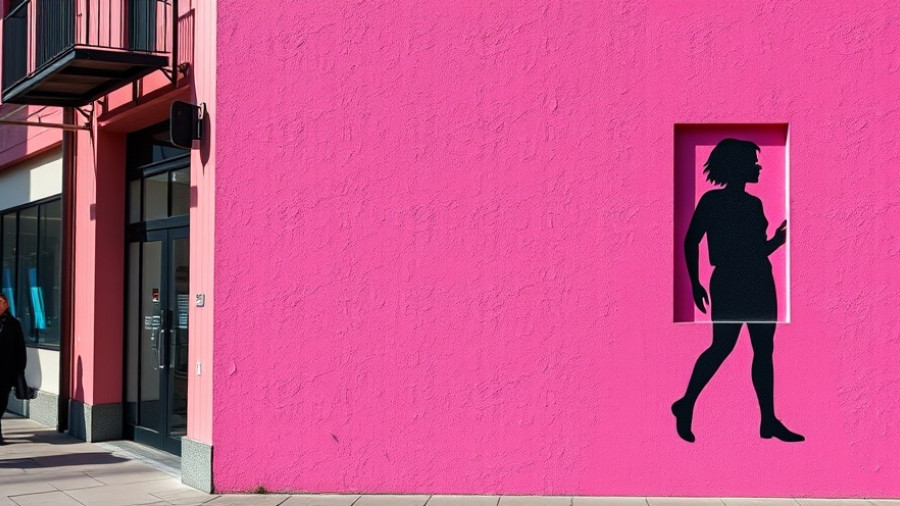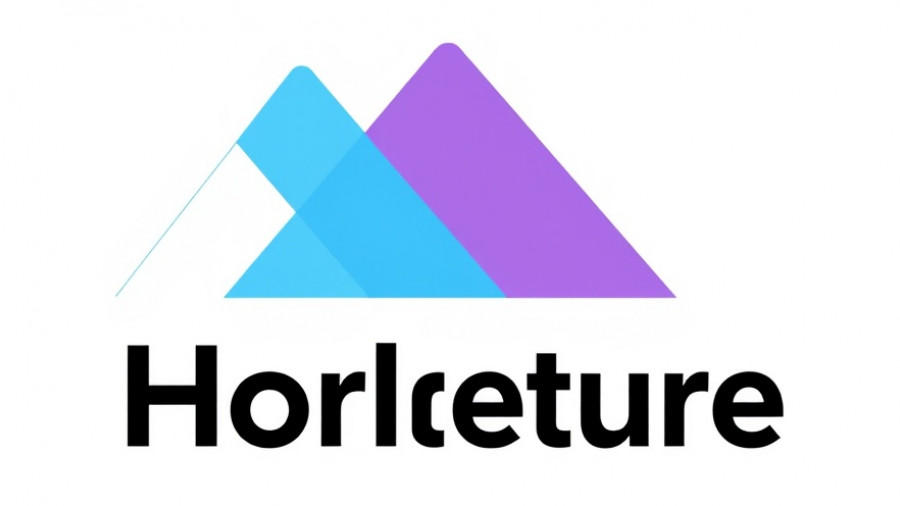
Understanding Wireless Type II Home Sleep Testing: A Family Perspective
As parents, we know how crucial sleep is for our children’s physical and mental health. However, sleep disorders like sleep apnea can obstruct that precious rest. The advent of new technology, particularly the Wireless Type II Home Sleep Testing (HST), is changing the landscape of how we diagnose and understand sleep issues in children aged 6 and up. The Dormotech DormovisionX, which will be revealed at SLEEP, promises to deliver an accessible and efficient way for families to monitor sleep patterns in the comforting environment of their own home.
What Is the Wireless Type II HST?
This innovative system allows for remote monitoring of sleep without the need for the child to stay overnight at a sleep clinic. This not only cuts down on the stress of an often intimidating sleep center visit, but it also helps maintain normal sleeping routines. The simplicity of the device is appealing, as it can be used at home while still providing reliable data.
The Importance of Sleep for Children
Sleep is fundamental for children—it impacts their growth, mood, and learning abilities. Various studies emphasize that sleep quality and duration are linked directly to academic performance and emotional health. The new home testing system can serve as an essential first step towards diagnosing sleep disorders that might disrupt these vital functions.
How Does the Wireless HST Work?
Using advanced technology, the DormovisionX tracks movements, breathing patterns, and other metrics to provide a comprehensive understanding of a child’s sleep cycle. Parents receive feedback and analysis through an easy-to-use app, making it accessible for even the busiest of families.
Addressing the Barriers to Sleep Health Awareness
Despite the increasing range of tools available for sleep tracking and management, many parents remain unaware of the signs and implications of sleep disorders like sleep apnea, insomnia, and restless leg syndrome. Educational campaigns and community programs are essential to disseminate information about symptoms and the importance of good sleep hygiene, especially in urban environments where sleep disruption can be significant due to noise pollution and high stress levels.
Sleep and Cultural Perspectives
Global studies show that sleep practices vary significantly across cultures. In some African communities, traditional methods of ensuring restful sleep revolve around lifestyle practices rather than technology. Learning about diverse perspectives on sleep can help parents cultivate healthy bedtime routines that honor both modern conveniences and traditional wisdom.
How Parents Can Prepare for Sleep Testing
As exciting as the new technology sounds, parents might feel apprehensive. Preparing your child by discussing what to expect can alleviate anxiety. Establishing a peaceful bedtime routine that includes relaxation techniques—like reading or meditation—can set the stage for a smoother transition into using the home-based sleep testing technology.
Future Implications for Pediatric Sleep Medicine
As technology evolves, the understanding of pediatric sleep disorders will deepen. Integrating wireless testing with data analytics and telemedicine could enhance how specialists diagnose and treat sleep issues. This could lead to personalized care plans that not only address symptoms but also improve quality of life and health outcomes for children.
Key Takeaways for Parents
Being informed about your child’s sleep health is crucial. Embracing cutting-edge technology like the Wireless Type II Home Sleep Testing can offer significant insights into their sleep patterns and overall well-being. Take the opportunity to discuss sleep habits within your family and consider scheduling a consultation with a sleep specialist if you suspect any sleep-related issues.
Call to action: Don’t wait until sleep disorders affect your child’s quality of life—explore the possibilities of Wireless Type II Home Sleep Testing and understand your child’s sleep health today!
 Add Row
Add Row  Add
Add 




Write A Comment